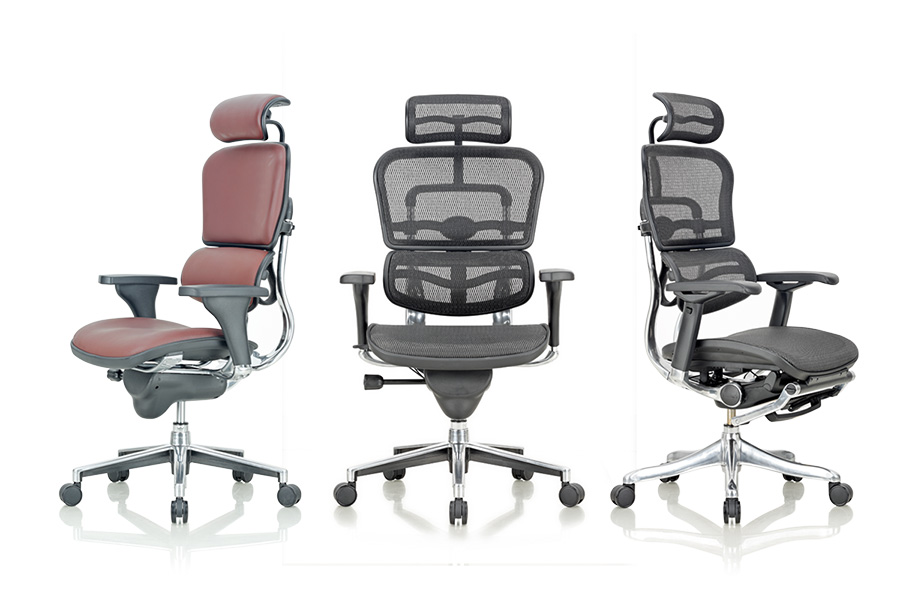In industrial workspaces, a commercial air purifier reduces airborne bacteria and viruses. This helps to improve employee health and lowers the number of sick days and absenteeism.
The global industrial air cleaner market is categorized by type, portability, and end-user industry. By type, it is segregated into molecular and solid particulate air filters.
Ventilation
For industrial environments that produce smoke, fumes, or airborne dust, an effective ventilation system is critical. Industrial facilities that are contaminated by these pollutants put workers at risk for both immediate and long-term health damage.
In addition to ensuring that employees are protected from hazardous contaminants, these systems also reduce the risk of fires and explosions by removing combustible dust from the air. Choosing the right air cleaning system for your facility requires consideration of the size of the space, maintenance and access requirements, as well as the ventilation/air exchange rate required.
Industrial air cleaners pull contaminated air through a series of highly efficient filters, eliminating the need for expensive heating or cooling, and then recirculate clean, tempered air back into the work environment. This allows the work to continue without sacrificing employee comfort or safety and reduces operating costs by negating the need for exhausting hot or cold outside air. These units are ideal for welding smoke removal, process dust collection, oil mist filtration and general industrial filtration.
Filtration
In industrial applications, high air quality is critical for maintaining product integrity, minimizing pollution and protecting employees. To ensure that the air is clean, industrial air cleaners use a series of filters to remove solid particulates and molecular contaminants.
Air quality in industrial workspaces is often compromised by smoke, fumes, and fine dust particles generated during processes like metal fabrication or food processing. Workers spend eight to nine hours a day in these enclosed spaces and constantly inhale these pollutants, which may cause health problems.
To address these issues, industrial air cleaners can be installed as source capture hoods or downdraft tables to collect pollutants at their point of origin. These devices are available as off-the-shelf products or can be customized to fit around process machinery for minimal airflow and maximum contaminant capture. The efficiency of industrial air cleaners is measured using a MERV rating, which lets you know how well they are able to filter different sizes of particles.
Energy Efficiency
Air pollution is one of the biggest threats to human health. It causes illnesses such as respiratory diseases, heart disease, and cancer. Industrial air filtration systems help keep employees healthy and safe by providing clean, breathable air.
An industrial air cleaner pulls contaminated air through high-efficiency filters that remove harmful particles then recirculates the cleaned air back into the work area. This eliminates the need for exhausting expensive heated or cooled outside air, saving energy and money.
In the September 2021 NOPD, DOE cited data from EPA’s ENERGY STAR program that estimated total annual shipments of room air cleaners (a subset of the products covered by the definition adopted in this final determination) use around 5 million units. ENERGY STAR estimates that these air cleaners are typically operated about 16 hours per day in active mode and 8 hours per day in standby mode. ENERGY STAR also notes that the annual energy consumption of these products may vary depending on product technology, installation, and other factors.
Maintenance
Industrial air cleaners are a vital piece of equipment in most workplaces, particularly those that produce a lot of dust and oil mist. They protect workers, the environment, and improve overall productivity. To keep these machines working as efficiently as possible, proper maintenance is required. These inspections and cleanings can prevent damage, rust, leaks, or degradation of the equipment over time. Always refer to your owner’s manual for exact instructions, or contact the manufacturer if you have any questions about maintaining the system.
A simple routine schedule of clean-up, lubrication and inspection will help you achieve long ESP cell life and high overall system efficiency. For example, many facilities forget to properly clean their ESP mist collector cells which leads to a loss in energy efficiency and reduced performance. A clean shop means higher productivity, a better environment for employees and healthier manufacturing products. Sentry Air offers a variety of industrial air cleaners to meet your specific needs.



